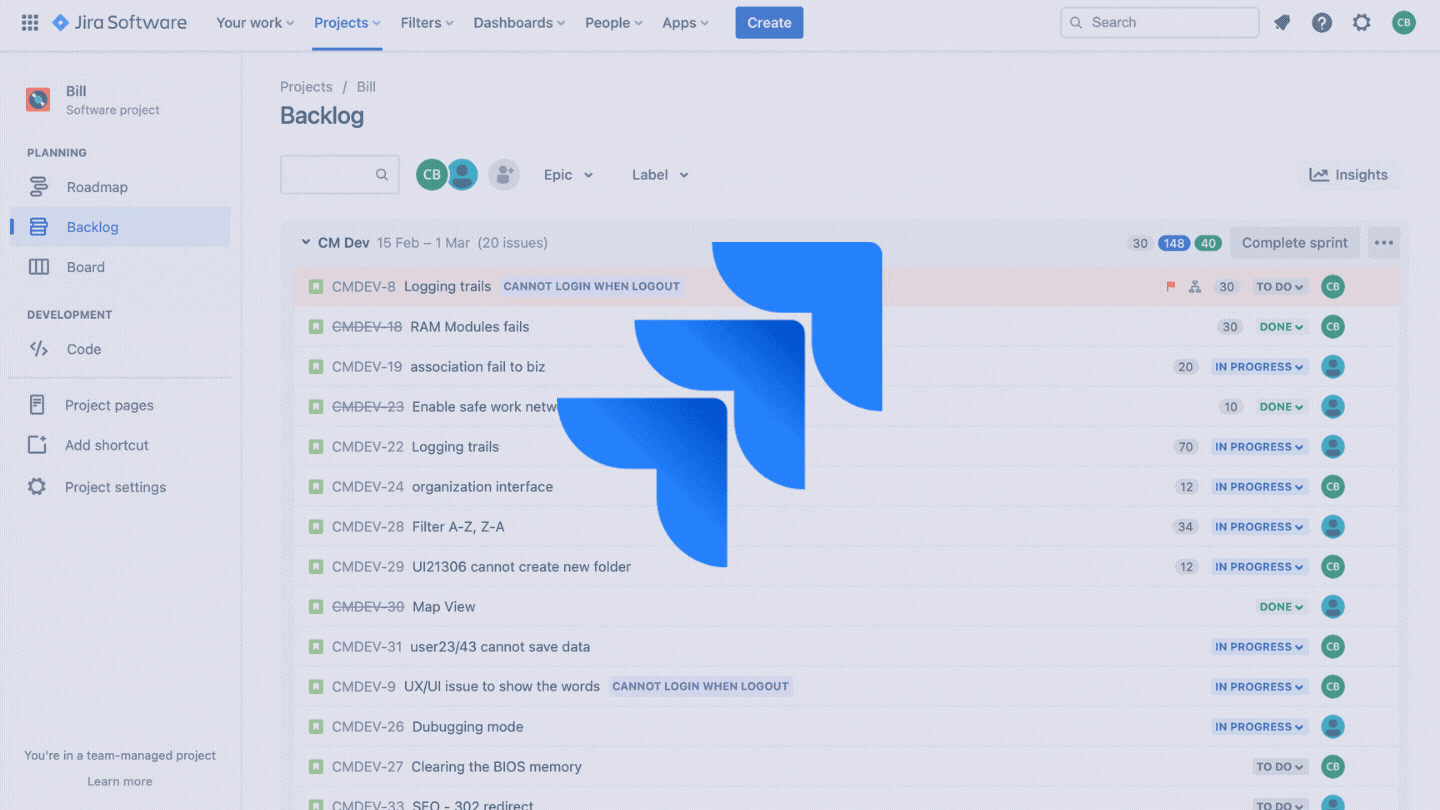A Gantt chart is a powerful project management tool that provides a visual timeline for tasks and activities over a project’s duration. Named after its inventor, Henry L. Gantt, who designed it in the early 20th century, this chart serves as a graphical representation of a project schedule. It illustrates the start and finish dates of various elements of a project, enabling managers and teams to understand the sequence of tasks, allocate resources efficiently, and track progress.
What is a Gantt Chart Used For?

Gantt charts are primarily used for planning and scheduling projects. They help project managers break down complex projects into smaller, manageable tasks, clearly showing the start and end dates for each task. Here are some key uses of Gantt charts:
1. Project Planning: By outlining all tasks and their timelines, Gantt charts help in comprehensive project planning. This includes defining the scope, setting deadlines, and identifying dependencies between tasks. This planning stage is crucial for setting realistic goals and ensuring that all aspects of the project are considered.
2. Resource Allocation: Gantt charts assist in resource management by indicating who is responsible for each task. This helps in balancing workloads and ensuring that resources are utilized effectively. Efficient resource allocation can prevent bottlenecks and ensure that team members are not overburdened.
3. Tracking Progress: As the project progresses, Gantt charts can be updated to reflect completed tasks and any changes in timelines. This real-time tracking helps in monitoring the project’s status and identifying potential delays. Project managers can use this information to make necessary adjustments and keep the project on track.
4. Communication: Gantt charts serve as a communication tool among team members, stakeholders, and clients. They provide a clear overview of the project timeline and milestones, facilitating better understanding and collaboration. Regular updates and reviews of the Gantt chart can ensure that everyone involved is aware of the project’s status and any changes that may occur.
5. Identifying Critical Paths: Gantt charts help in identifying critical paths, which are the sequences of tasks that must be completed on time for the entire project to stay on schedule. This allows project managers to focus on these crucial tasks and ensure they are completed without delays.
PERT Chart vs. Gantt Chart
While Gantt charts are widely used, another project management tool that often comes up is the PERT chart (Program Evaluation Review Technique). Both charts are used for project planning and scheduling, but they have distinct differences:
1. Visualization
Gantt Chart: Focuses on a linear timeline, displaying tasks as horizontal bars. It is best for showing the duration of tasks and their overlap. Gantt charts provide a clear visual representation of the project timeline, making it easy to see when tasks start and finish and how they overlap.
PERT Chart: Uses a network diagram to represent tasks and their dependencies. It is more focused on the relationships between tasks rather than their duration. PERT charts help in understanding the sequence of tasks and identifying the critical path.
2. Purpose
Gantt Chart: Ideal for tracking project progress and managing timelines. It is user-friendly and visually intuitive. Gantt charts are great for projects with well-defined tasks and timelines.
PERT Chart: Better suited for analyzing the time required to complete tasks and identifying the critical path. It is useful for projects where the duration of tasks is uncertain. PERT charts are often used in research and development projects where task durations can vary.
3. Complexity
Gantt Chart: Simpler and easier to understand, making it accessible for most project managers and teams. Gantt charts are straightforward and do not require specialized training to use effectively.
PERT Chart: More complex, requiring a deeper understanding of task dependencies and critical path analysis. PERT charts can be challenging to create and interpret, especially for those without a background in project management.
4. Flexibility
Gantt Chart: Less flexible as it focuses on fixed timelines. Changes in the project scope or unexpected delays can be challenging to accommodate in a Gantt chart.
PERT Chart: More flexible and adaptable to changes. PERT charts allow for adjustments in task durations and can easily accommodate changes in the project scope.
What are the Components of a Gantt Chart?

A Gantt chart consists of several key components that together provide a comprehensive view of a project’s timeline and tasks:
1. Time Axis: Typically displayed at the top of the chart, the time axis shows the project timeline. It can be broken down into days, weeks, months, or even years, depending on the project’s duration.
2. Task List: On the left side of the chart, a list of tasks or activities is displayed. Each task corresponds to a horizontal bar on the timeline.
3. Bars: Horizontal bars represent the duration of each task. The length of the bar indicates the start and end dates of the task, providing a visual representation of its timeframe.
4. Milestones: Important events or deadlines in the project are marked as milestones. These are often represented by diamonds or other symbols on the timeline.
5. Dependencies: Lines or arrows between tasks indicate dependencies, showing which tasks must be completed before others can start. This helps in understanding the sequence and interconnection of tasks.
6. Progress Indicators: Some Gantt charts include progress bars within the task bars, showing the percentage of work completed for each task.
The Pros and Cons of Using a Gantt Chart in Project Management
Pros
1. Visual Clarity: Gantt charts provide a clear and concise visual representation of the project schedule, making it easy to understand and communicate plans and progress. The visual nature of Gantt charts makes them accessible to all stakeholders, regardless of their technical background.
2. Detailed Planning: They help in breaking down projects into detailed tasks, allowing for thorough planning and identification of dependencies and critical paths. Detailed planning ensures that all aspects of the project are considered and accounted for.
3. Resource Management: By assigning tasks to team members, Gantt charts aid in effective resource allocation and workload balancing. Proper resource management can prevent burnout and ensure that team members are not overworked.
4. Progress Tracking: Regular updates to the Gantt chart help in tracking the progress of tasks and the overall project, making it easier to spot and address delays. Progress tracking allows project managers to take corrective actions promptly and keep the project on track.
5. Improved Communication: Gantt charts serve as a common reference point for all stakeholders, enhancing communication and collaboration. Clear communication ensures that everyone is aware of their responsibilities and the project timeline.
6. Motivation and Accountability: The clear display of tasks and deadlines can motivate team members to stay on schedule and be accountable for their tasks. Accountability ensures that team members are committed to completing their tasks on time.
Cons
1. Complexity for Large Projects: For very large and complex projects, Gantt charts can become unwieldy and difficult to manage. The sheer number of tasks and dependencies can make the chart hard to read and update.
2. Time-Consuming to Maintain: Regularly updating the Gantt chart to reflect progress and changes can be time-consuming, especially for projects with frequent changes.
3. Rigid Structure: Gantt charts are based on a linear timeline, which can be limiting for projects that require flexibility and frequent adjustments.
4. Focus on Schedule Over Scope: Gantt charts emphasize the timeline and duration of tasks, which might lead to a focus on meeting deadlines rather than ensuring the quality and scope of the work.
Tips for Using Gantt Charts Effectively
- Keep it Simple: Avoid overloading the Gantt chart with too much detail. Focus on key tasks and milestones to keep the chart readable and manageable.
- Regular Updates: Ensure that the Gantt chart is regularly updated to reflect the current status of the project. This helps in maintaining accuracy and relevance.
- Involve the Team: Engage team members in creating and updating the Gantt chart. This promotes ownership and ensures that everyone is aware of their responsibilities and deadlines.
- Use Milestones: Incorporate milestones to track key events
Wraps up
In conclusion, Gantt charts are invaluable tools in project management, providing clarity, structure, and a visual overview of a project’s timeline. While they have some limitations, especially for large and complex projects, their benefits in planning, resource allocation, and communication make them a staple in the project manager’s toolkit. Understanding how to effectively use Gantt charts can significantly enhance the efficiency and success of project management efforts.

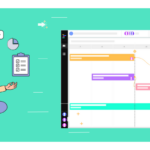


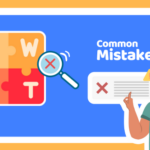
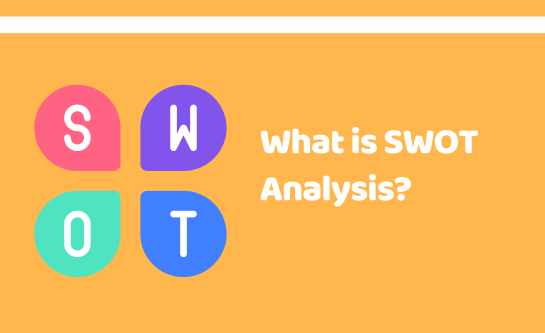






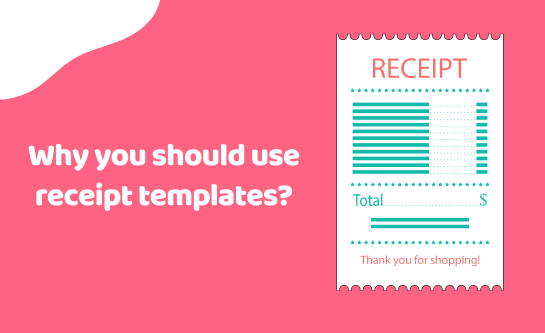
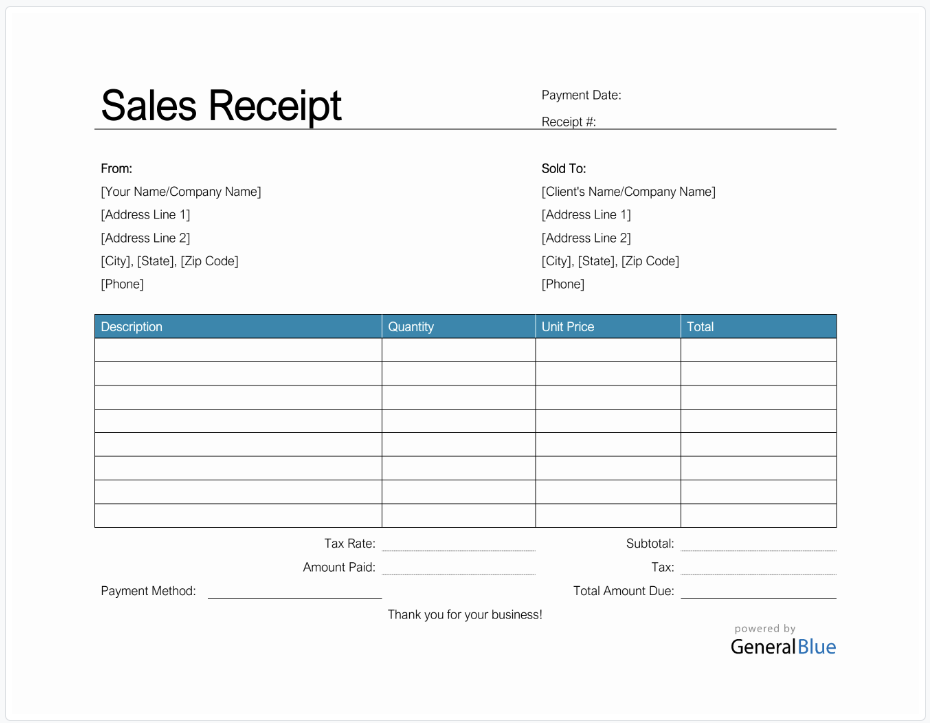
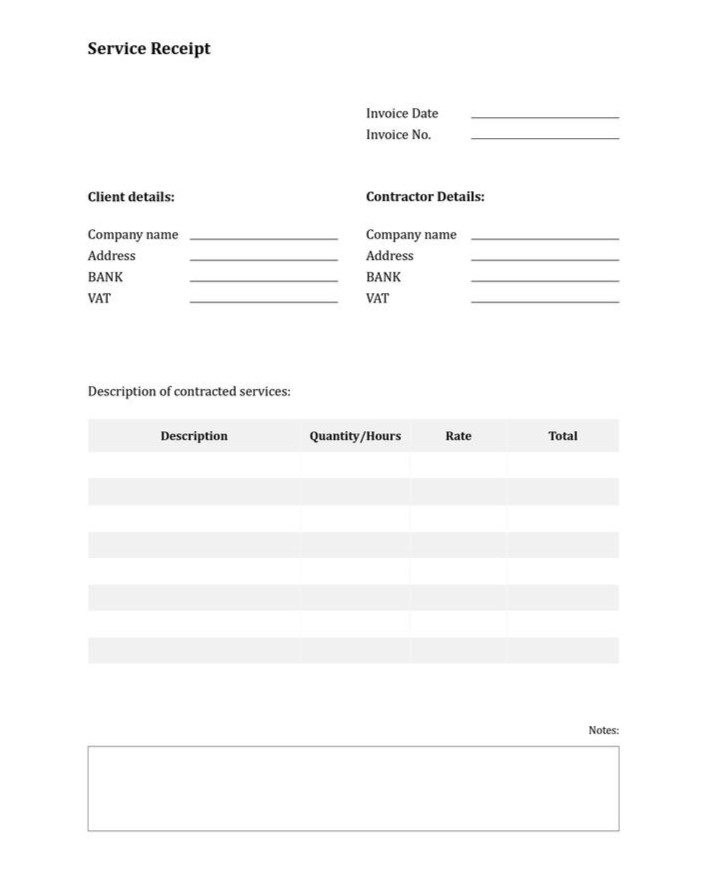
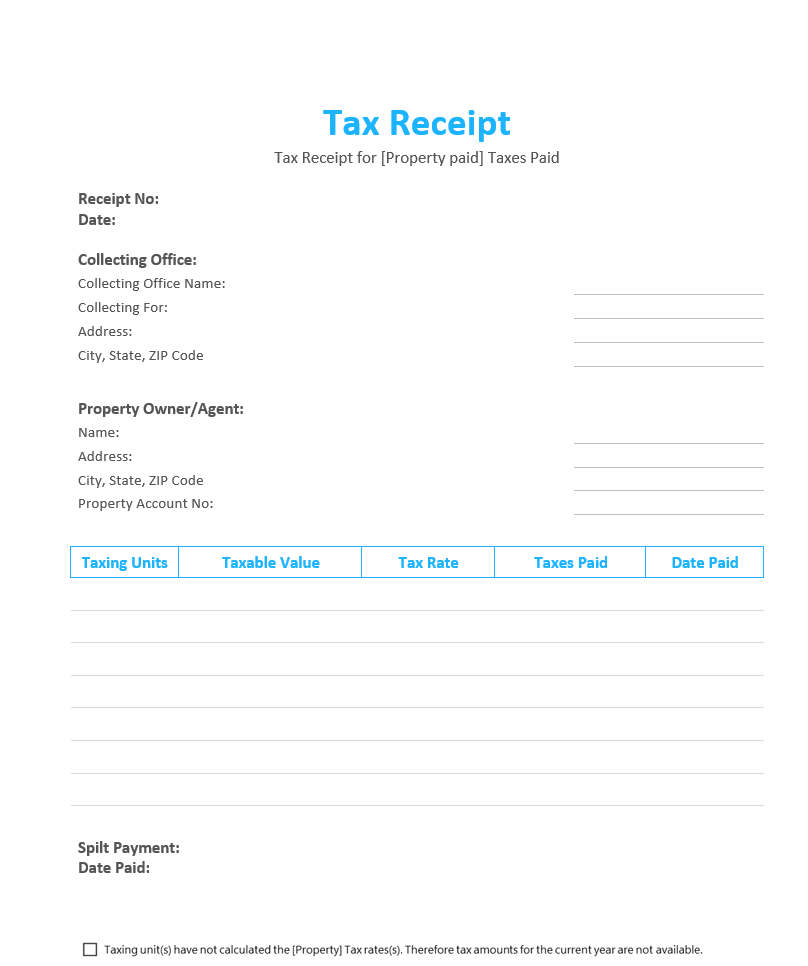
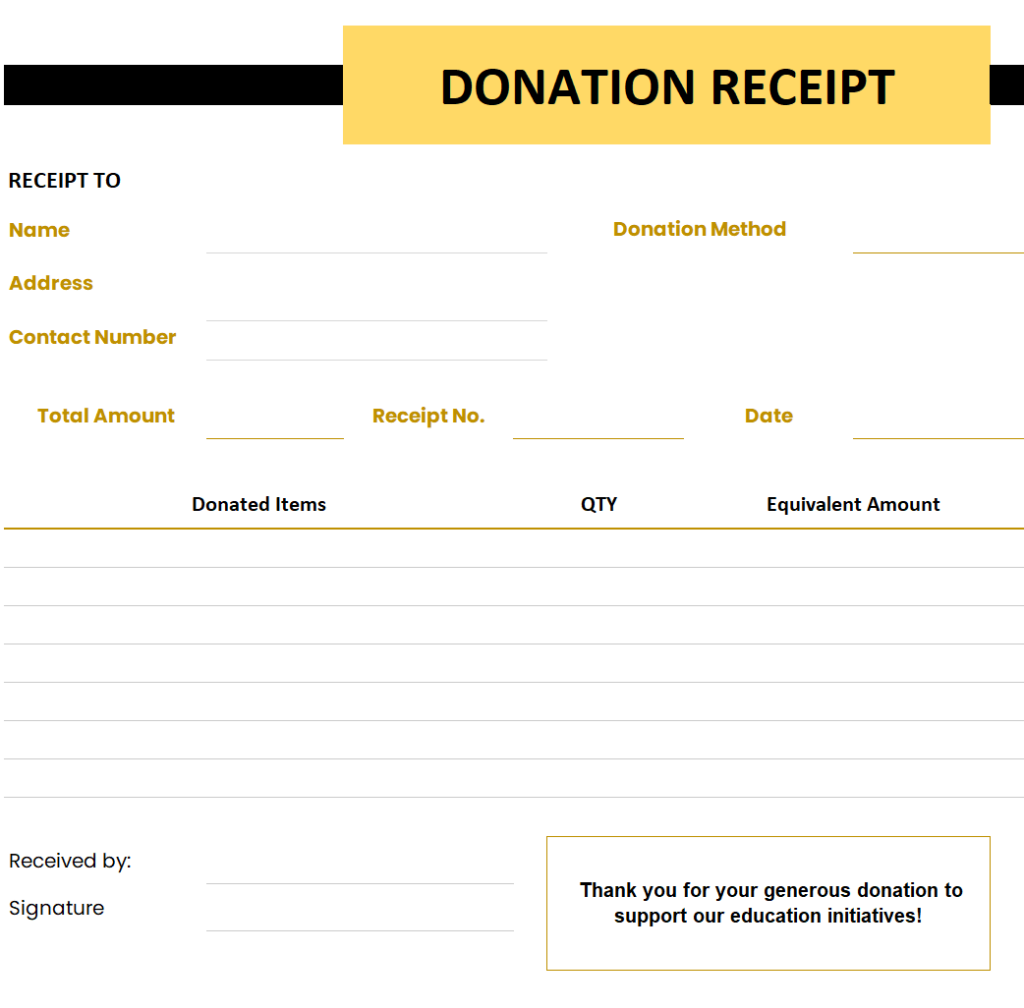

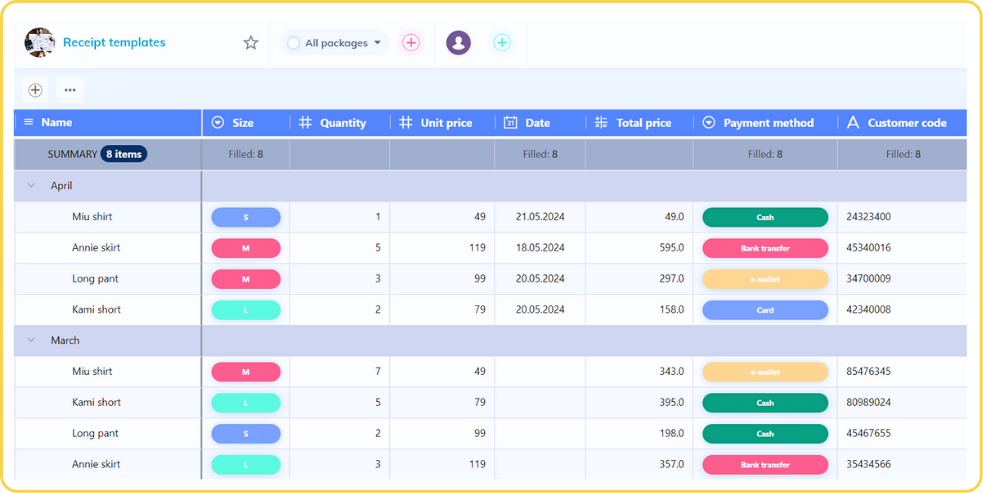









 Source:
Source: 
